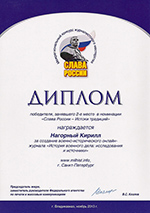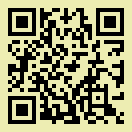Napoléon’s Paper Veterans – Petits Soldats de Strasbourg
Fritz Boeswilwald, a draper merchant of Strasbourg, who primarily copied soldiers produced by Boersch, Nicollet and Würtz. He started his collection around 1845 (See French magazine Uniformes 61 for more details)


4e régiment de Ligne, 1810; paintings by Henry Boisselier (1881-1959) after Boeswilwald for Paul Schmidt’s album
Henri Gainier-Tanconville (1845-1936), had a reach family history of his forefathers serving in Napoléon’s armies who worked along the Strasbourg historian Frédéric Piton.
Jules Antoine Maillot (?-1893), captain of the National Guard in 1837, he was inspired by the style of Boersch and Wurtz

1st Swiss regiment (Maillot Collection)
In his famous book on paper soldiers, Edward Ryan examines the Commandant E.-L. Bucquoy’s research and concurs that “the great error of the Strasbourg painter/collectors… was to extrapolate their excellent documentation into representation of complete regiments, so that sound information became intermingled with incorrect assumptions. For example, taking as a point of departure his drawings of a drummer of fusiliers, a sergeant of grenadiers or an officer, such a painter would design the entire regiment, making errors as he went… Note [however] that during the period of the First Empire, some regiments had as many as seven battalions scattered to the four corners of Europe, each drawing on local sources of supply and tailors to replenish or renew their worn uniform.” As a result, these collections “pitilessly furnish all ranks for all regiments. One sees drum major and standard-bearer for regiments which had none, and complete mounted band for regiments created at the end of the Empire, which in all probability did not have one.”
Summing up note that these wonderful collections was created primarily by the armature authors living, by their own accord, the “Napoleonic legend” they were too young to witness or take part in… But, nonetheless, they wanted to depict this one of history’s most colorful period for posterity and we thank them for their efforts.
Sources consulted:
Rigo, “Paper Veterans,” transl. Robbie Trombetta, Campaigns No. 9.
Edward Ryan, Paper Soldiers. London: Golden Age Editions, 1995.
Jean-Marie Haussadis, “La collection Würtz du Musée de l’Armée,” Uniformes No. 106-107 (1987), pp. 49; 50-51




